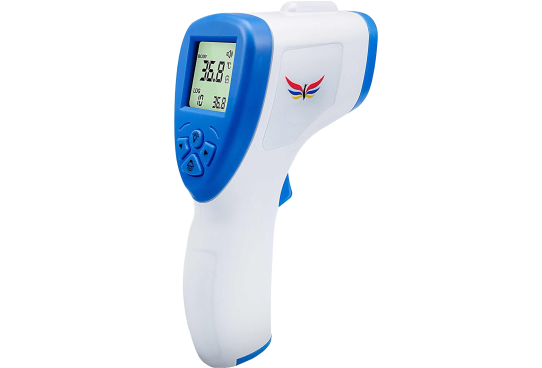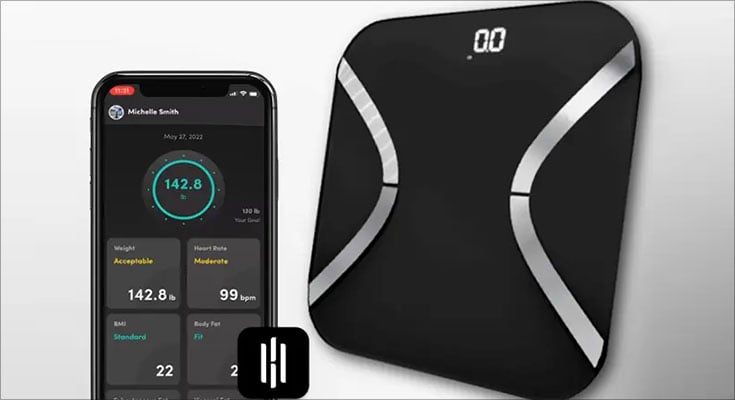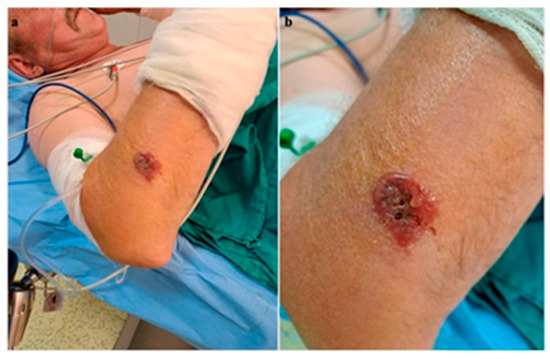What is a Good Credit Score?
Discover what a good credit score is, why it matters, the difference between good and bad credit scores, and how it can impact loans, housing, jobs, and financial opportunities. Learn how to build and maintain a strong credit score today. What is Credit Score? A credit score is a three-digit number that defines your financial […]
What is a Good Credit Score? Read Post »







